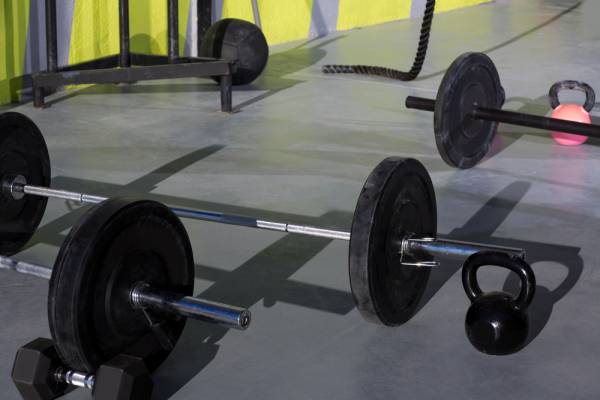If, like many people, you’ve read The 4-Hour Body, I have some bad news for you. If you’re after performance MED (Minimum Effective Dose) doesn’t work.
I’ve seen it firsthand more times than I can count, but let’s start with the source. I know Tim Ferriss and have actually trained alongside him. He was on my team when I did RKCII a few years ago. I like Tim and think a lot of the content he comes out with is fabulous. I even bought his first book, The 4-Hour Workweek, at the airport on the way home after meeting him at RKCII. But having trained alongside him, I noticed something. In fact, it became so clear that it was impossible to ignore.
If you do MED, no matter how hard you go during those sessions, what happens when you are asked to work for longer than just a short HIT session?
I see this all the time at the RKC events where I teach. People tell me at the start of the weekend how they’ve been working hard at their snatch test. That’s great, and the RKC snatch test is something that certainly needs attention (100 reps with a 24kg in five minutes for men, and probably a 16kg for women). But it’s five minutes in what is a three-day event. So, if you’ve only been focused on those five minutes, what’s your plan for the sixth minute?
Training alongside Tim I made a few observations. Firstly, he was lean – leaner than me. That’s not unusual when I’m at fitness events, as getting down to six-pack levels of body fat for me is all consuming and means that I need to restrict myself so much that I can’t eat for performance. But the thing that really stood out is that he had strength for a few sets but when we were expected to go for a few hours at a high pace he withered.

I can only make assumptions about the way he was training before the event based on his book, but I know that I had been training heavy four days per week with some sessions lasting up to two hours (a favorite upper body strength sessions of mine is twenty sets of five pull ups and presses). When the MED crew would likely be leaving the gym for the day, I was just getting my groove on. After training like this for a while I noticed I was able to maintain the same level of effort for long periods of time. (And I wasn’t fooling around in these sessions with light weights. I was doing the presses with a 32kg bell and the pull ups with an additional 20kg). Not surprisingly, not only did I have the strength to pass all the tests at the RKCII, but also I maintained my strength throughout the weekend despite jet lag, dehydration, and fatigue.
Looking through some NSCA journals that focused on the military I found this research. What stood out for me was that while strength levels were constant between groups who trained twice per week or three or more times per week, if fitness sessions were dropped the participants felt it instantly. This makes a lot of sense as strength is a very stable physical quality, often only showing signs of detraining after three weeks, while fitness can actually begin detraining within a day.
One of the other things that stood out for me as I read the military study was that soldiers who spent the extra time to do three or more fitness sessions per week had a greater sense of well being. Funnily enough, when I make sure to get three or more aerobic sessions per week I feel a lot better too. There’s something to be said for going outside to run or ride and absorbing vitamin D, being in the fresh air, and doing some heavy breathing. The after effects are well worth the time expended.

My takeaway lesson from all this is simple. While there is a place for short, hard workouts, you still need to build the base of your fitness pyramid with volume. Volume in traditional perdiodization plans comes before you add intensity. Too many people these days skip volume and go straight for intensity. But without building the base fitness to handle recovering from high intensity work, how many all out sessions can you cope with in a week? Likely it’s only a few. But if you add in some easy endurance work in between your hard sessions, you’ll add volume and work capacity.
Adding work capacity is an important element of training that seems to be left out these days. All this talk about functional training and somehow people are only focused on short duration activities. The time I’m most concerned about how fit and strong I am is not when I am doing something short but when the activity is a few hours long. Moving house is, to me, the best definition of functional fitness. If you’re in good shape you’ll get through the day and your back won’t hurt. But if you’re an MED guy, you’ll be complaining about your back after you’ve helped move the second chair.
The secret to sixth-minute fitness is to work volume. You need some longer sessions, and you need more sessions. I know that on the Internet you’ll find plans that say you can have the body you want in three half-hour sessions per week. Well, maybe, provided you starve yourself and really restrict your diet. But if you want genuine tough guy stamina you’ll need to work more than three days per week and you’ll need to do some extra endurance work if your goal with working out is to feel better too.
Photos courtesy of Shutterstock.






